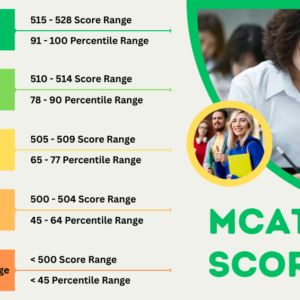Promoting student engagement in the classroom can be a daunting task for any teacher. It’s important to find creative and engaging ways to keep students interested in the material and to make sure they are actively participating in class. This blog post will discuss tips to help every teacher learn how to promote student engagement in the classroom.
Defining Student Engagement
In today’s classrooms, student engagement is essential to success. But what exactly is student engagement? While there is no one-size-fits-all definition, there are key components that are generally included.
Active Participation in the Learning Process
Student engagement requires active participation in the learning process. Students must be engaged in the material, not merely passively listening or watching. This means that students should be engaged in the learning process instead of being preoccupied with other activities.
Students Taking Responsibility for Learning
Student engagement often includes taking ownership of one’s own learning. This means setting goals and monitoring progress, seeking help when needed, and reflecting on one’s own understanding.
The Importance of Student Engagement
According to this study, student engagement is critical to the learning process. When students are actively involved in their education, they are more likely to retain information and are then able to apply what they have learned to real-world situations. Students that are actively engaged in lessons will have higher test scores, are more likely to succeed, and are better able to complete assignments satisfactorily.
How to Promote Student Engagement
There are various ways to promote student engagement in the classroom. It’s vital to remember that one method does not work for all students. It may be necessary to implement several ideas in the classroom to keep all of the students engaged.
Create a Positive Learning Environment
One way is to create a positive learning environment where students feel comfortable asking questions and participating in class discussions. This can be done by establishing ground rules for respectful communication, encouraging open-ended questions, and providing opportunities for all students to share their ideas. Having a time slot during class in which students can ask questions is a spectacular idea. Reminding students that they can also email or call a teacher can also be helpful.
Make Material Relatable
Another way to promote student engagement is to make sure that the material is interesting and relevant to students’ lives. This can be done by incorporating real-world examples, using hands-on activities, and drawing connections to students’ interests in the classroom curriculum. Every curriculum should include material that students can relate to in order to keep students engaged.
Students Are More Engaged When They Have Choices
Finally, it is important to create opportunities for student choice. This can be done by offering different ways to complete assignments, allowing students to work on projects that they are passionate about, and giving them a voice in classroom decisions. By implementing these strategies, teachers can encourage their students to be actively engaged in the learning process.
Encourage Collaboration
Student engagement often increases when students work collaboratively with others. Sharing ideas with classmates and working in small groups should be incorporated into the classroom. Providing these opportunities to students will help students learn the material while doing something that they enjoy. This not only allows them to share their ideas with one another, but also gives them a chance to practice important communication and collaboration skills.
Providing Feedback
It is important to give students regular feedback so that they can see the progress they are making and feel motivated to continue working hard. Notes on assignments, emails, and including positive feedback in addition to negative feedback are all great ideas.
Design an Engaging Curriculum
Students often lose interest in materials when they are not consistently engaged in the classroom. Working closely with a specialist or becoming a C&I teacher is a great way to make sure that a curriculum is designed to both meet education standards and keep students engaged in the learning process.
Closing Thoughts
Try different techniques to see what works best for your students and the classroom’s environment. Remember that it is important to be flexible and adaptable when working with students, because every student is unique.






